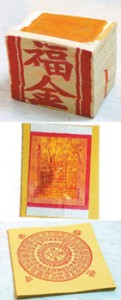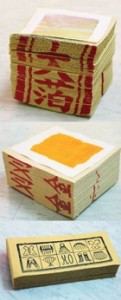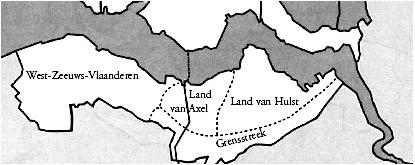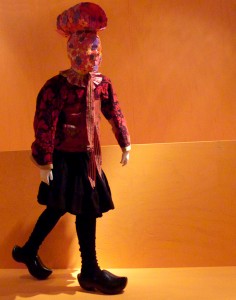Burning paper money (also called Hell bank note or joss paper) to worship deities, honor ancestors or rest ghosts in peace is one of the most common rituals being practiced in Taiwan. The ritual is related to the belief that after the paper money is burned, it travels to the other worlds where deities, ancestors or ghosts reside.
There are different sorts of paper money, each varying from another in terms of size, pattern and purpose; however, in general it can still be divided roughly into two categories: gold and silver, which indicates the color of the square-shaped foil attached to the center of each paper money. The gold foil represents the higher rank of the deities while the silver one is therefore only used for ancestors or ghosts.
As a child, I had always been fascinated by the act of burning paper money because it somehow added more fun and interesting factors into the whole religious ceremony and summed up the whole ritual as a climax in the end.
*inspired by: Borststuk Souvenir, 2008, Robert Smit







